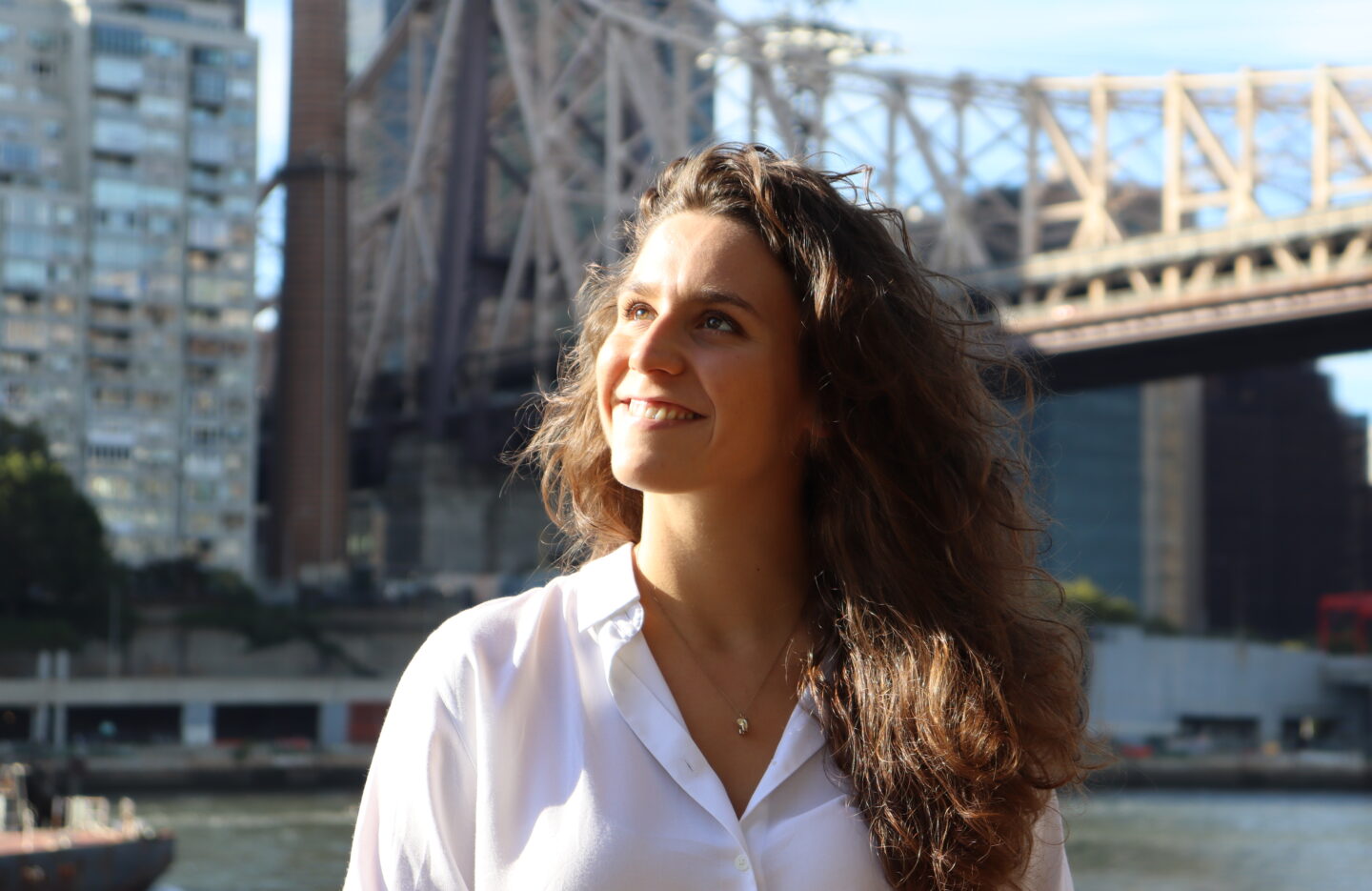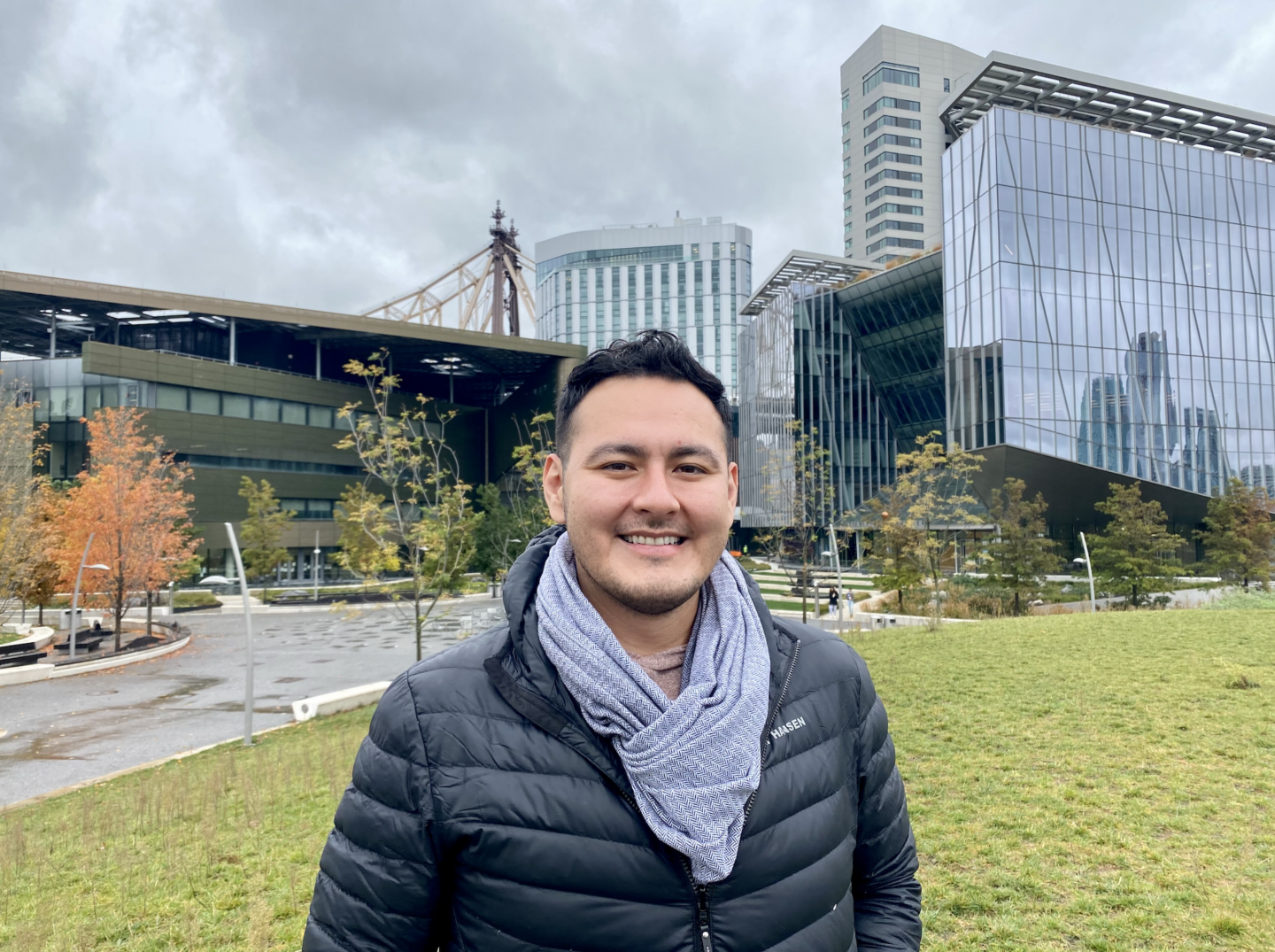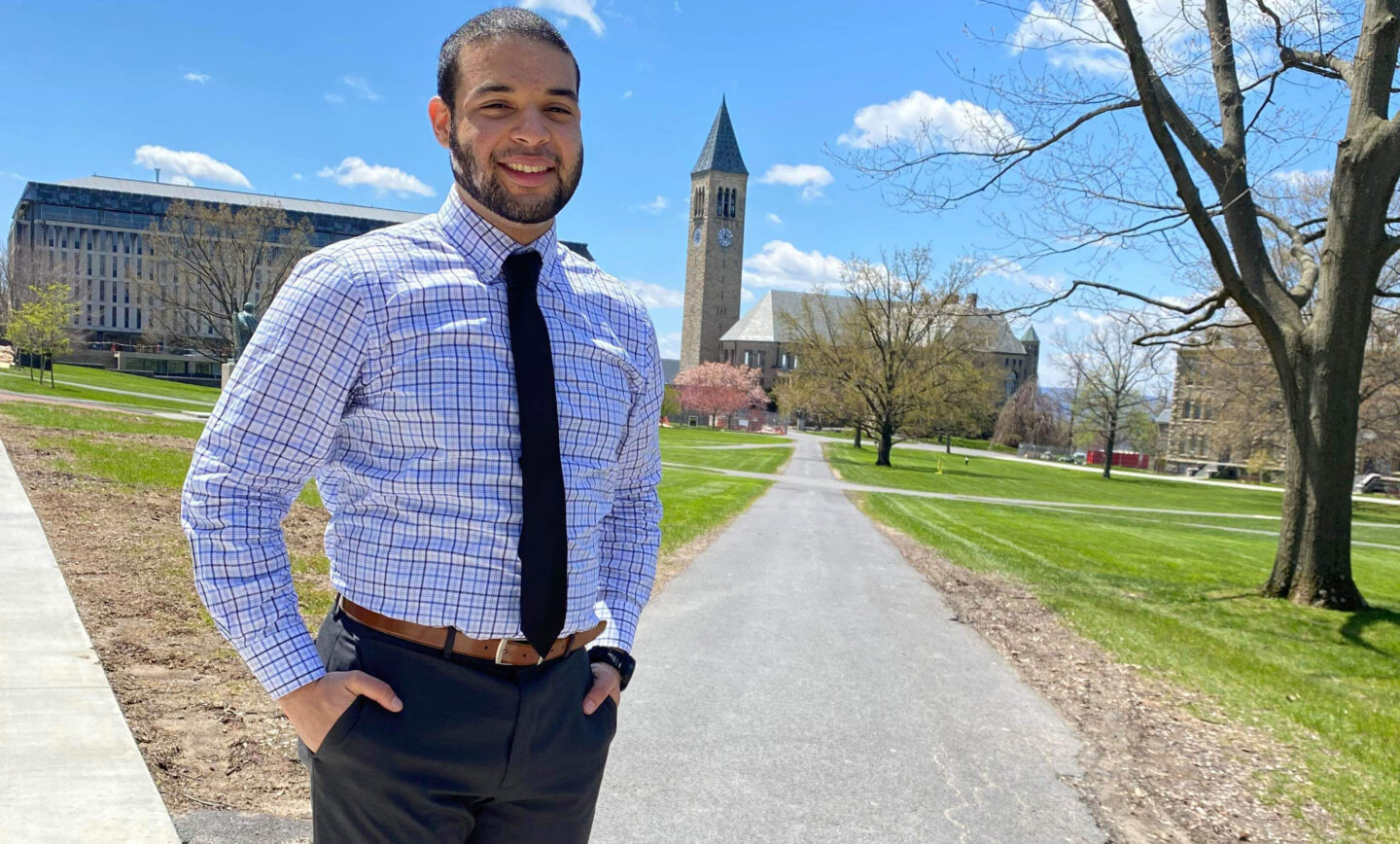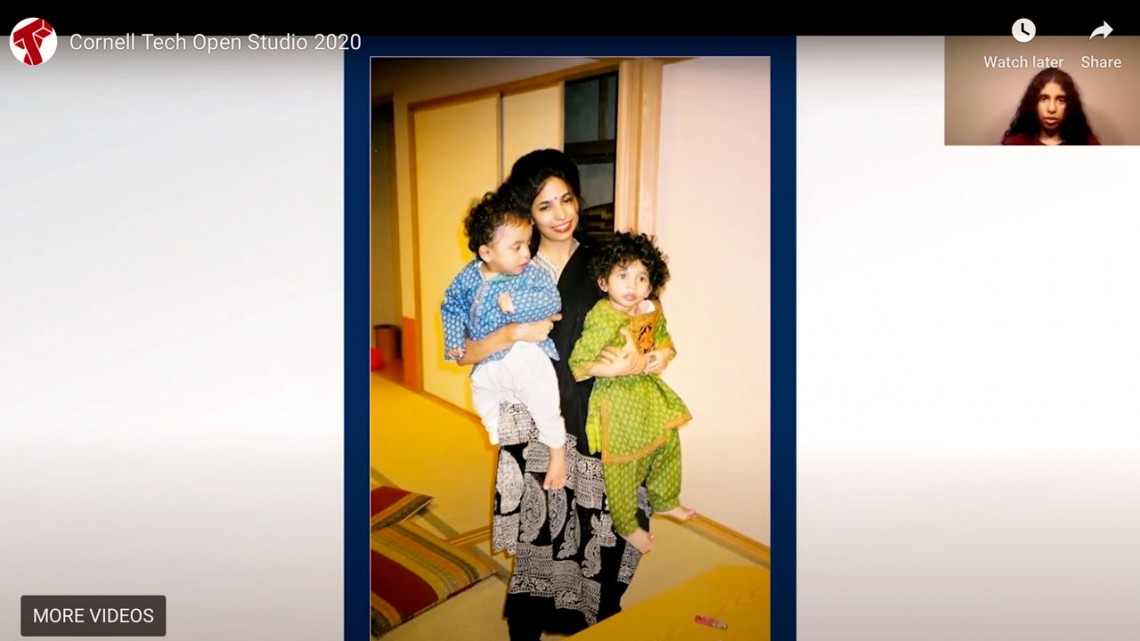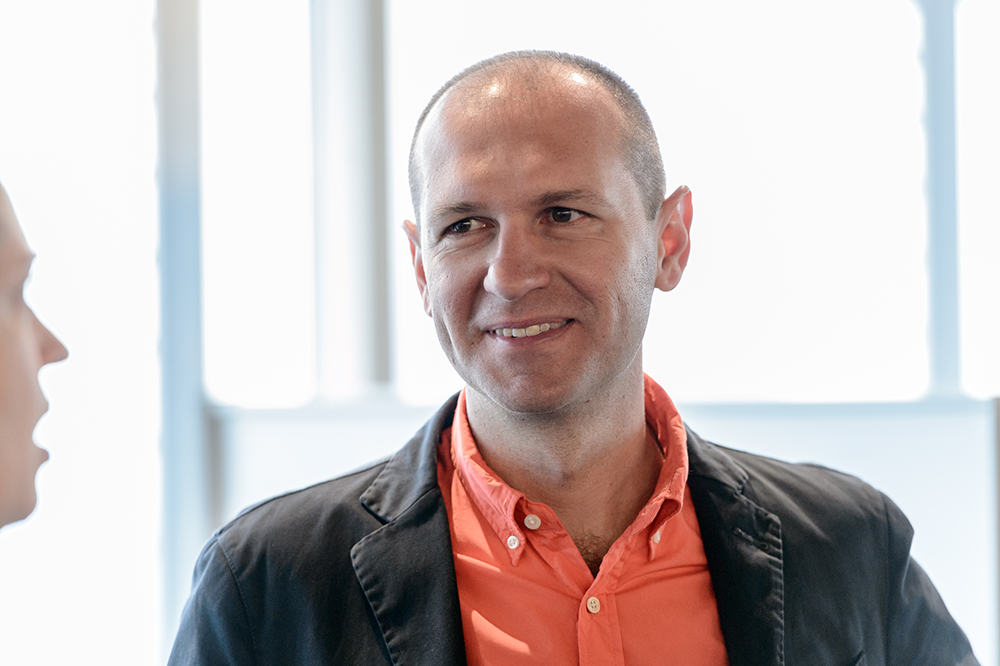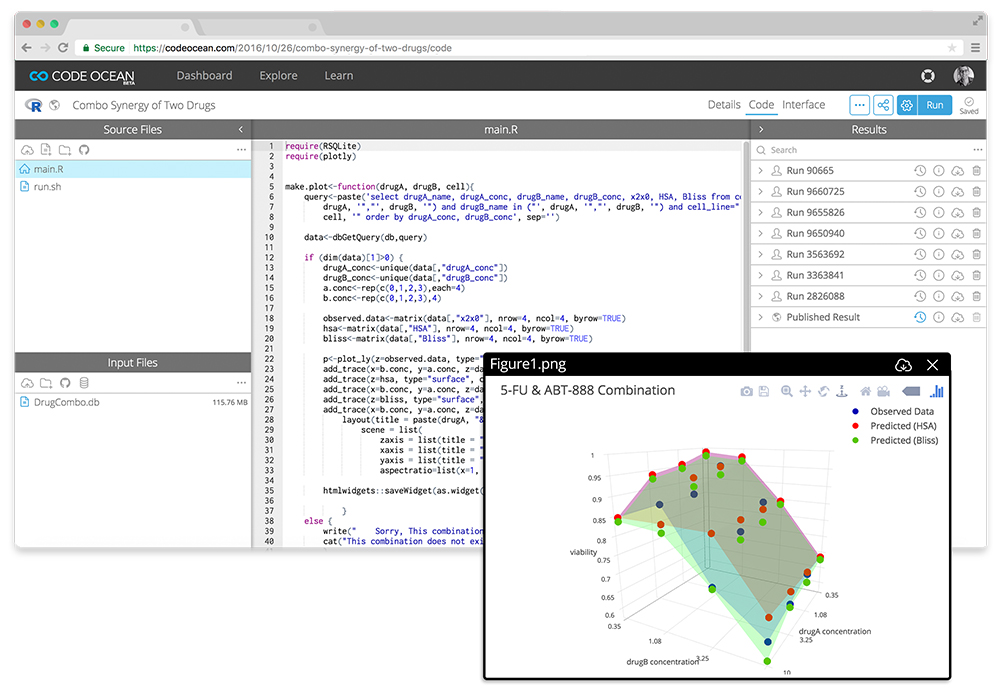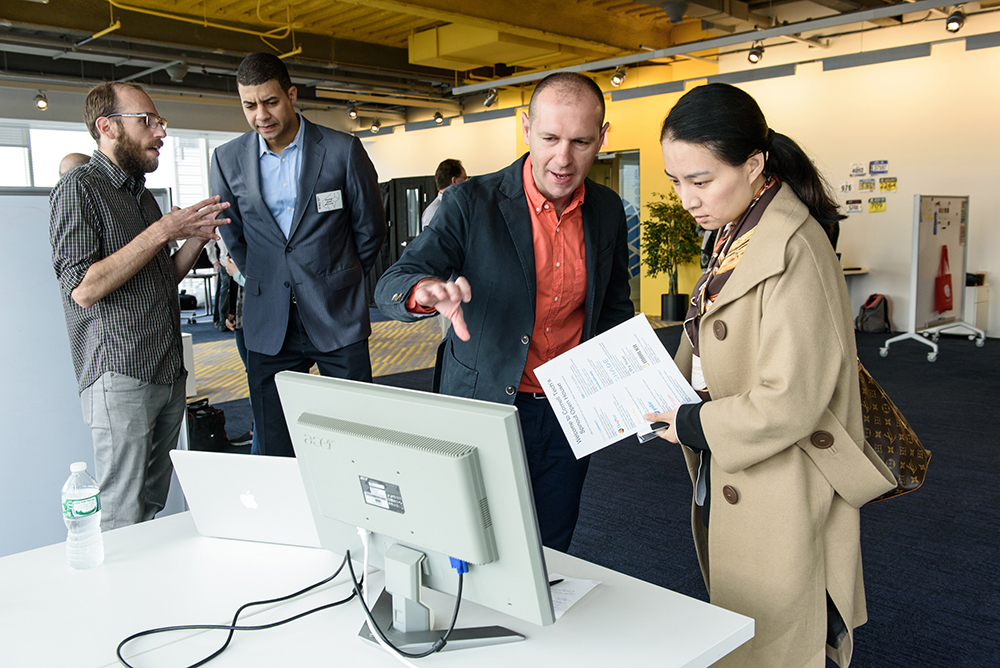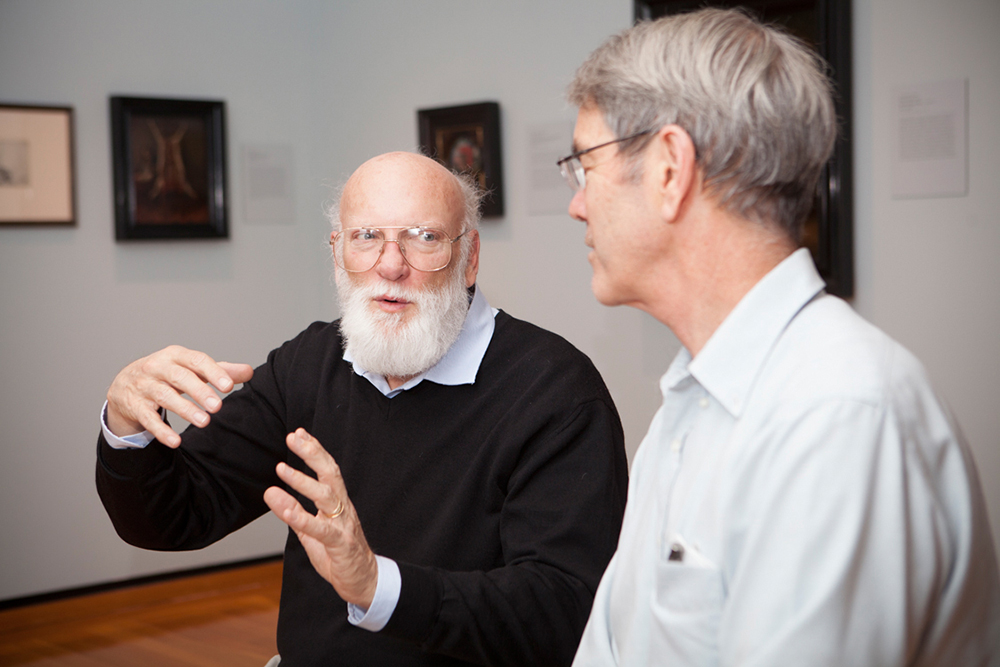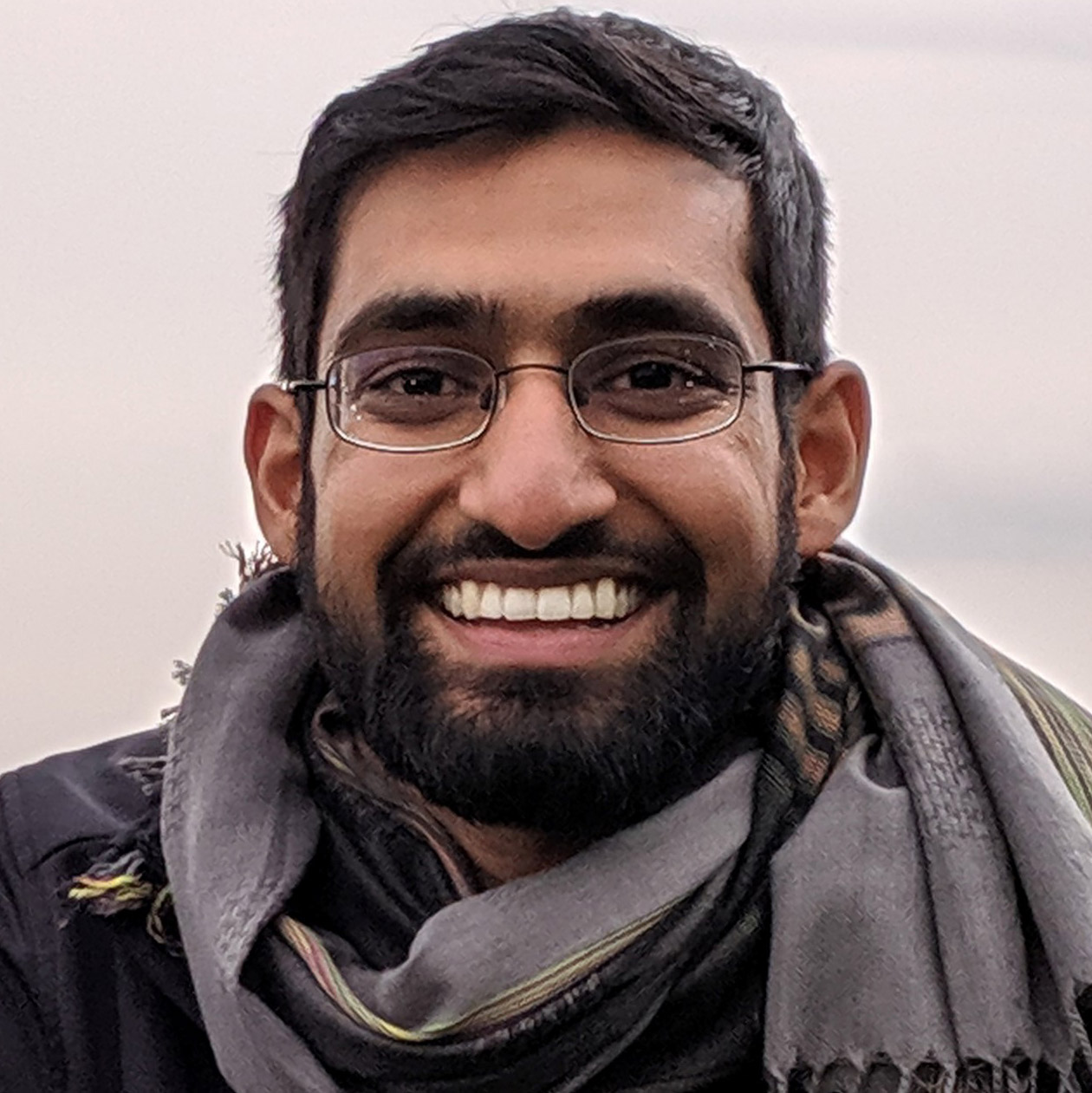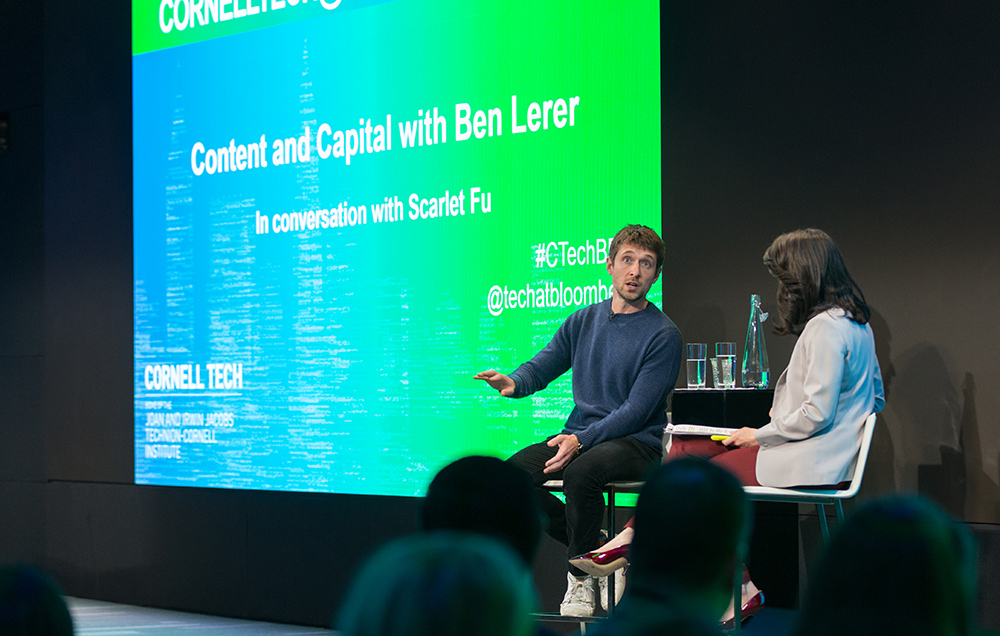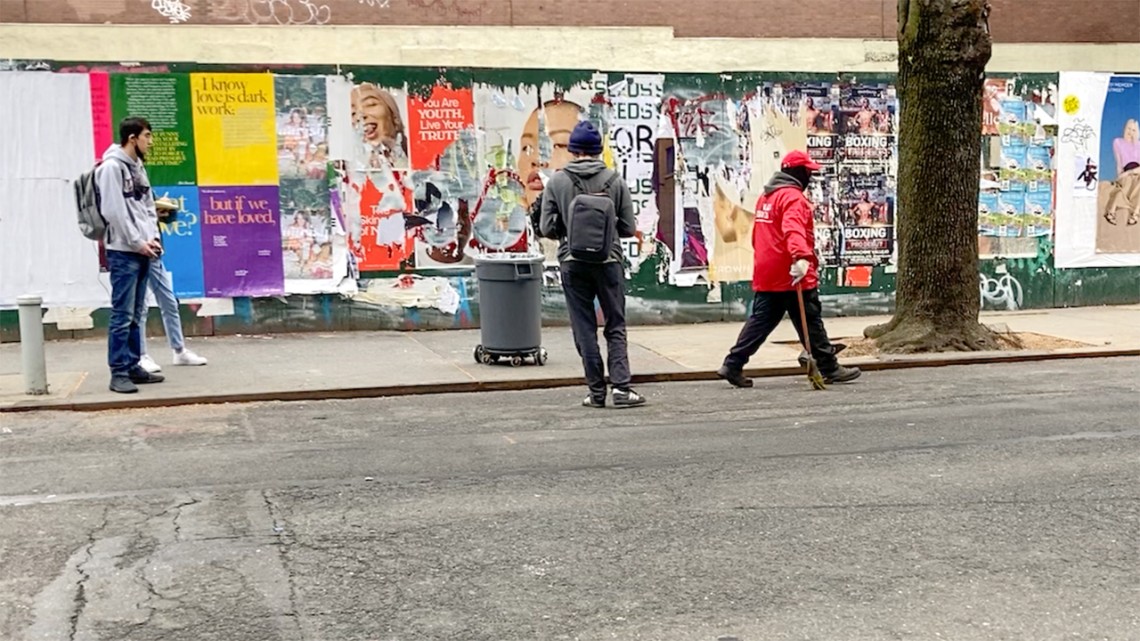An AI Chat Solution That Transforms the Way Businesses Talk to Customers
Categories
Alumni, Computer Science, MBA, Startup Studio, Startups, Students

A recent survey conducted by BT found that 85 percent of people who’ve called a business that doesn’t answer won’t call back, and 75 percent won’t leave a voicemail. When confronted with the possibility of having to wait in line behind several other callers, most people — around 80 percent — hang up. For small businesses around the world, this adds up to billions of dollars lost all because these companies don’t have the bandwidth to manage every call and voicemail.
Enter Bowtie, a company founded by Cornell Tech alumni Ron Fisher, Johnson Cornell Tech MBA ’16, Mike Wang and Vivek Sudarsan, Masters of Computer Science ’16. Bowtie is a streamlined portal for businesses to interact with their customers through chat, without the frustration and hassle of relying on the analog service a telephone provides. Focusing on the beauty, wellness and fitness spaces, Bowtie helps businesses turn missed calls into bookings using an artificial intelligence (AI) assistant.
“We have a chatbot that’s able to automate the booking experience and we’ve enabled customers to speak with their favorite businesses through SMS, web chat, and Facebook,” said Fisher.
The bot, named Bo, is an intermediary between a business, like Asanda Spa or The Curl Suite and their customers; it can help them book a service, buy a product and get answers to questions all through chat.
Bo also helps businesses collect feedback and reviews from customers, and should an experience be a negative one, offer to assist the customer in scheduling a follow-up appointment to fix the issue.
“A lot of larger companies are starting to take advantage of messaging platforms or call centers for their consumers, but smaller businesses might not have the resources or volume to be able to offer that kind of customer service,” said Wang. “We want to empower those small businesses with our tech and that’s why we’re starting in the beauty and wellness space. No one else is targeting this market.”
Initially, the team was focused on offering a better ordering system for delivering food, but realized that market was crowded, and Bowtie wasn’t really solving a need. The team began retooling their idea during their time at the Friends of eBay following Cornell Tech and deployed an MVP while in the Newark Venture Partners accelerator program.
“A number of experts from the beauty industry actually came to us and said that this was software that they needed,” said Fisher. “There are a number of issues with current booking solutions and they realized Bowtie was the perfect way to fix those issues.”
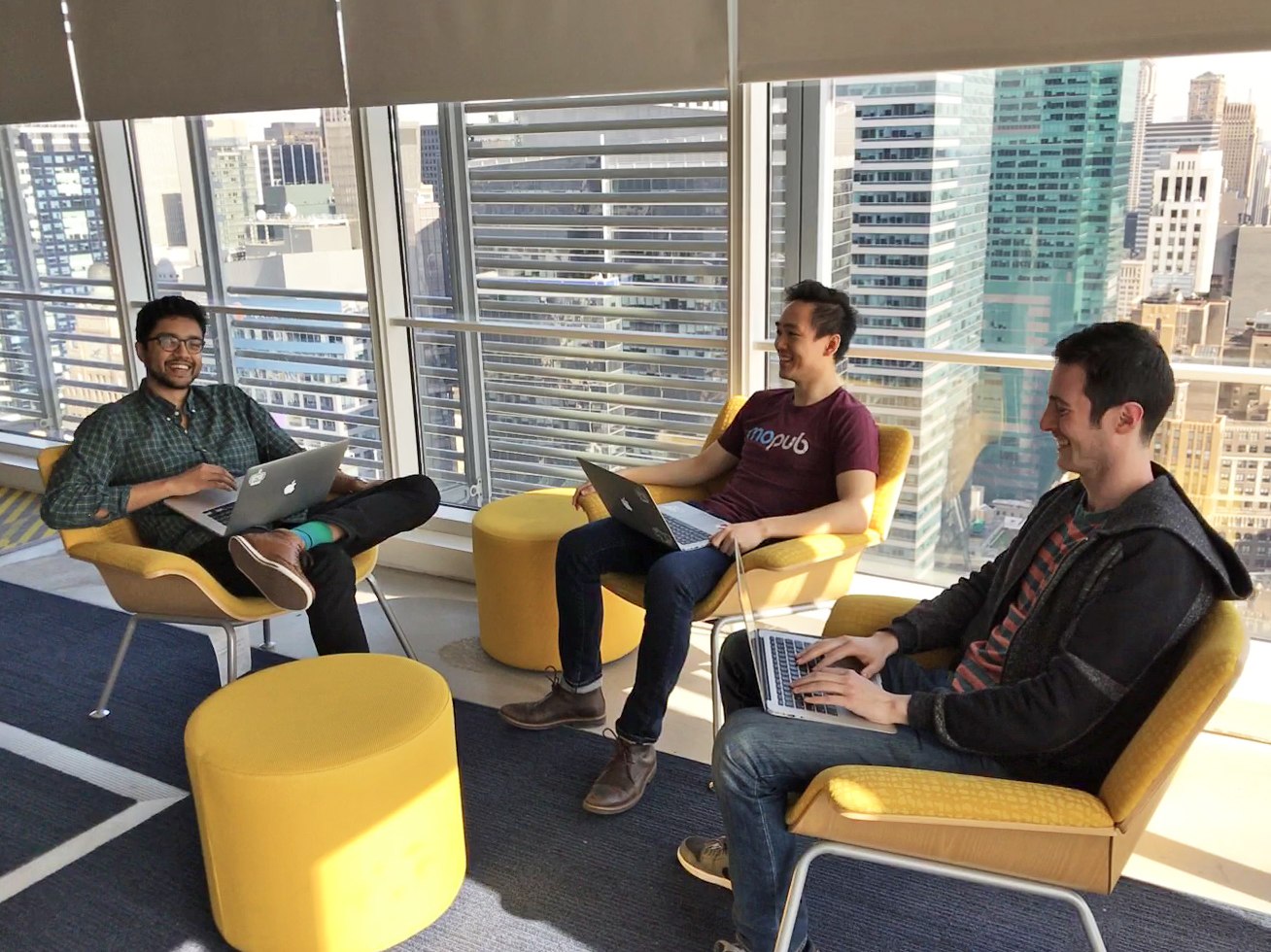
The Bowtie team from left to right: Vivek Sudarsan, Mike Wang, Ron Fisher
Once the team started to research the beauty and wellness space, they found that Bowtie piqued the interest of a number of business owners in NYC. “We interviewed 50 salon owners and 300 customers face-to-face,” said Fisher. “It was evident that this was a valuable tool for these businesses and that they would pay for it.” Fisher explained that these business owners missed between eight and 17 calls a day—and hundreds to thousands of dollars of missed appointments every year.
The AI improves with each chat experience so that it can better parse out what a customer is asking for.
“We use conversational data from our platform. All the data gets labeled and our algorithm looks for patterns in a customer’s preferences based on past experiences,” said Wang.
“We also allow businesses to shape the voice of the bot,” said Fisher. “Each business has their own brand voice. For example, some businesses want emojis and others are more formal.”
Bowtie, Fisher explained, would be the face of the business in this sense, so it would need to match up to a customer’s and a brand’s expectations of service.
The Bowtie team believes AI-driven customer service will only become more common as the technology matures.
“Ten years ago, businesses said they needed a social media strategy,” said Fisher. “Now, we believe, they’ll be saying they need a messaging strategy.”






